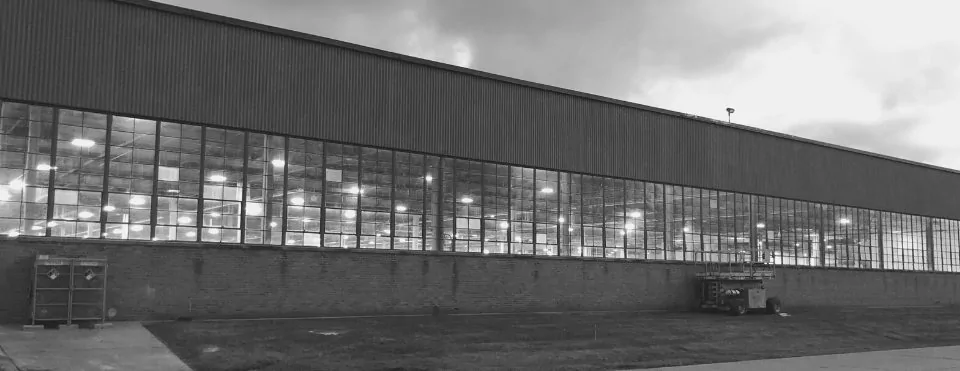High Costs of Energy in 2023
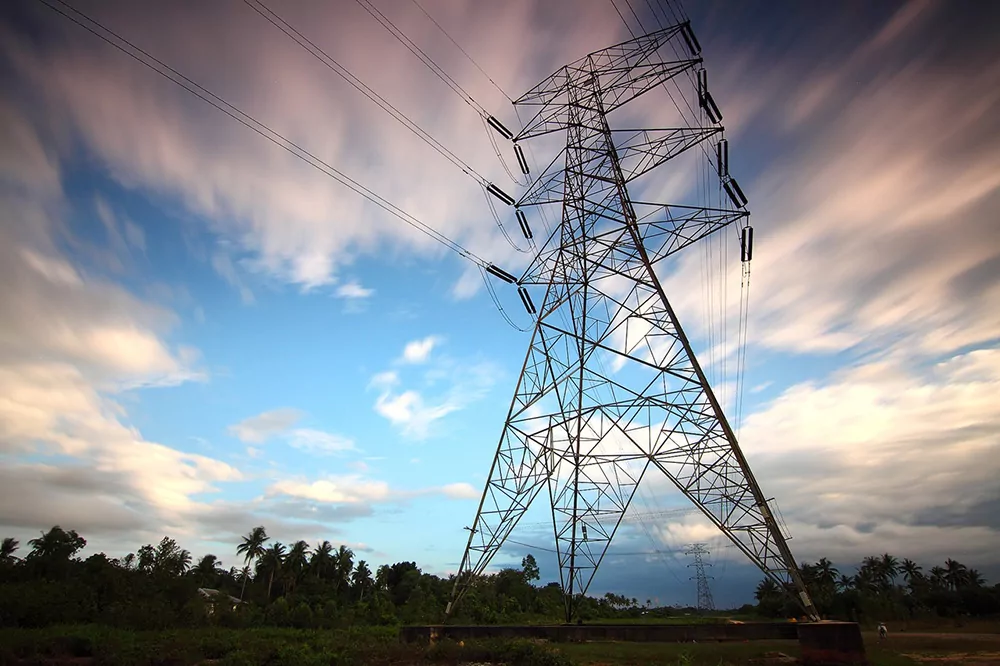
Jun 07 2023
How Does it Impact Energy efficiency
There is a growing reason to convert your building to LED lighting, but… spoiler alert, it is the same reason it has always been – energy savings. In our experience, 70% of restaurants, fire stations, libraries and commercial buildings have already upgraded their lighting to LED.
Electricity rates are up as much as 50% from just a few short years ago. I was actually quite surprised how little attention our industry has given to higher energy rates because they certainly impact efficiency decisions. Higher energy costs means greater benefits of energy savings in terms of operational costs.
70% of buildings have already converted to LED lighting
For the 30% of buildings that have yet to upgrade, those buildings are carrying a heavy burden of traditional fluorescent and High Intensity Discharge (HID) lighting. The cost of this burden is as much as 50% more than just a few years ago. For the 70% who already made a decision to upgrade, their payback or ROI is actually better than we calculated just a year ago since energy rates are higher than we assumed at the time.
While a lot of sophisticated analysis for solar PV or other capital expenditures do take into consideration energy rate increases over time, I made the personal choice to exclude that factor in our energy analysis at Verde.
I was looking through some utility bills recently, both for our own building and for several customers, and was a bit shocked at the current rate for commercial electricity. Historically, in Illinois, I was comfortable assuming $.12 per kilowatt/hour (kWh) for electricity when doing energy savings calculations (which I’ve been doing on the back of an envelope since my days at a fire station in 2002). While commercial energy rates are billed both on kWh (total energy used over time) and kW (the highest instantaneous peak draw during a month), we can average it out to a blended kWh for energy savings calculations as long as we are being conservative.
However, these bills I was looking at exceeded $.18 per kWh as a blended rate. That is exactly 50% more than just a few years ago. While some powerful organizations like McDonalds get quite an aggressive rate on agreements with third party power providers, it is really rare to see a lower rate than $.18 per kWh these days.
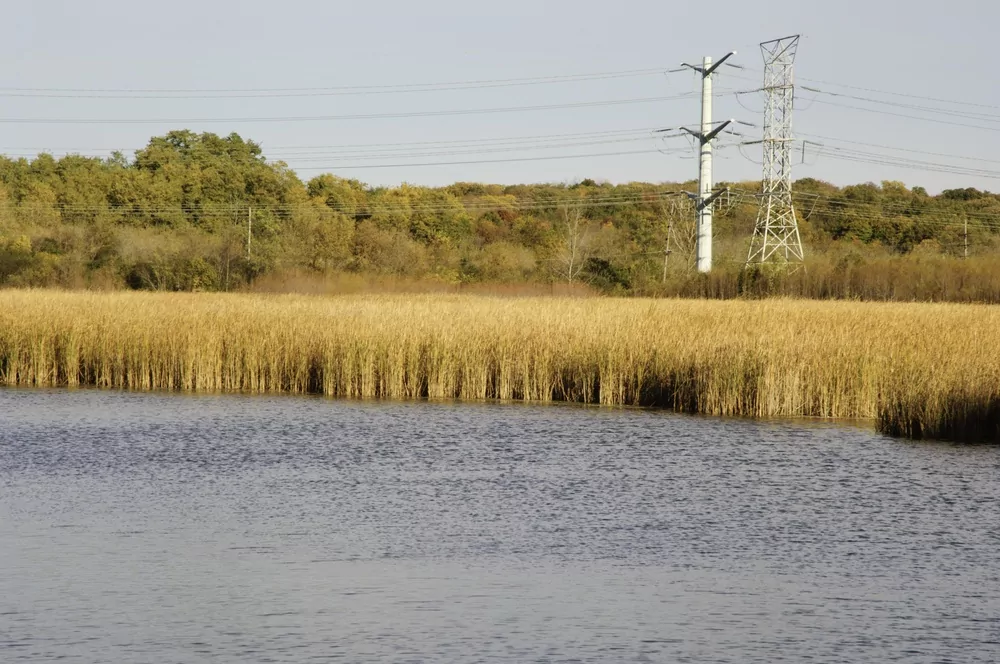
What does this high energy rate mean?
Our customers often look at an investment in energy efficiency in two ways: Payback and Return on Investment.
Payback – the time it takes for an investment in energy efficiency to be returned. Often, a payback of less than 2 years is attractive and achievable with utility funds to help offset some of the costs. Since it is based on the cost of electricity, the higher the cost of kWh leads to a faster payback of a project. Payback is the most important consideration that our customers consider when making a decision. What would have been a 3 year payback under previous energy rates would now be a 2 year payback with 2023 energy rates.
Return on Investment (ROI) – a percentage of the return (energy savings) on the investment (cost of an upgrade). If you consider the stock market (9.8% average return) or a CD savings account (5% return) as a comparable, ROI of energy efficiency is far stronger, usually north of 30% for lighting upgrades and I’ve seen customer projects as high as 50% typically for LED lighting upgrades. Now that energy rates are 50% higher, the ROI calculations are higher as well for the same investment in efficiency. However, a 30% ROI for their business from energy efficiency changes doesn’t seem to excite people as much as hearing about a 30% ROI from a retirement fund ever could.
Benefits Clients have seen beyond ROI and Payback
One thing that is always certain, in our experience, is that clients do energy efficiency work for more reasons than just an investment. It needs to check a box other than just a payback, or it doesn’t seem to draw their attention. Here are a few benefits we have seen beyond just a strong ROI or fast payback in our work with clients over the past few years.
Safety
Older style lights are more yellow, dim over time, and can require a lot of maintenance to keep them working. Managing a facility means juggling priorities and the upkeep needed on old lights means that often we see exterior lights out in parking lots at night or manufacturing lights out during the day.
LED lights typically last for 70,000 hours – which is really decades of lighting for a business or public building. So with less lights down, more spaces feel well lit and safe. In addition, modern color temperatures of lights trend towards a higher kelvin, or color temperature, which means they can appear brighter. Lights do deter crime, so businesses with better lighting should feel better around the topics of theft and employee/customer safety.
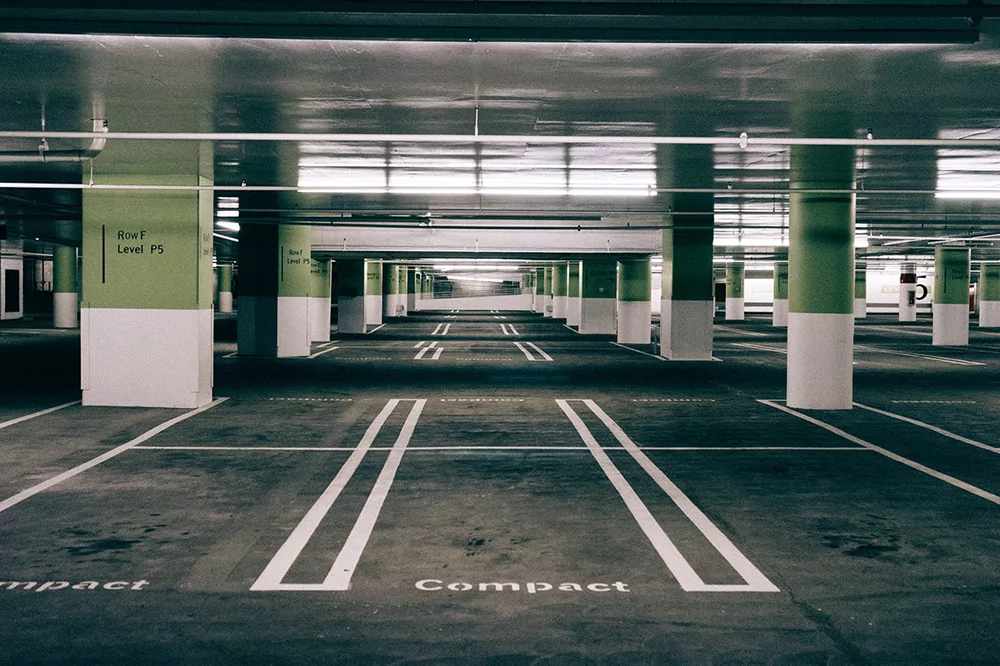
Retaining Tenants – Owners have lost their market power
Our office space property management companies have lost a lot of their market power in the Work From Home (WFH) transition. While many companies are returning to the office, there is less square footage of office space being rented than in the past along with a high uncertainty about the future.
In the past, we saw a mix of some property management companies focusing on improving the rental space lighting and some not. We worked with Prudential (PGIM) for many years, who were really driven to make efficiency upgrades happen for larger environmental goals within their overall portfolio. On the flip side, we would see other ownership and management companies not interested in either the cost savings or benefits to tenants.
It is safe to say that has all changed now. The amount of office space that tenants have to choose from now is so high that renters can be picky about the space they lease – meaning that offices without upgraded lighting are likely going to be unrented. In fact, during COVID lockdowns, we saw many management companies make the decision to upgrade lighting since spaces were often vacant and utility incentives were very attractive.
Less Maintenance
Finally, we almost get so used to the long life of LED lamps that we get shocked when one burns out. Even in my own home – when a LED fails after 8 years, I have to stop and think for a second on what to do – and I have a warehouse full of LEDs! Maintenance is really reduced by the longevity of LEDs, so facilities can focus on the many other tasks that must be done on a weekly basis to keep a building comfortable and functioning.
In fact, when I started working with customers on upgraded lighting, we saw 25,000 hours as the standard of life of lamps and systems. Now, our standard is 70,000 hours – over 15 years in most applications and much longer when combined with sensors to turn off and dim when not in usage.
Less Heat
During the warm summer months in Chicago, it is also great to be reminded that LEDs create far less heat than traditional lighting. Lamp heat represents inefficiency – the more heat is produced, the more energy is being wasted from producing light. Having burned my hand on lots of small halogen and PAR lights over the years, I can attest to this fact. LEDs can get warm, but they are 4-5 times more efficient and create far less heat than traditional forms of lights. This leads to less cooling demand for HVAC systems in the summer, an added benefit that we don’t even calculate in payback and ROI decisions.
Now is the Time
For the 70% of you that have already upgraded your facility lights to LED, enjoy the additional savings that high energy rates will give your building. For the other 30%, the time is now as we are seeing paybacks and ROIs better than any time in my career.
And for all of you – a building’s highest energy burden is heating and cooling. So with high energy rates, there are more reasons than ever to consider a High Efficiency RTU or Very High Efficiency HVAC system.
Featured Posts
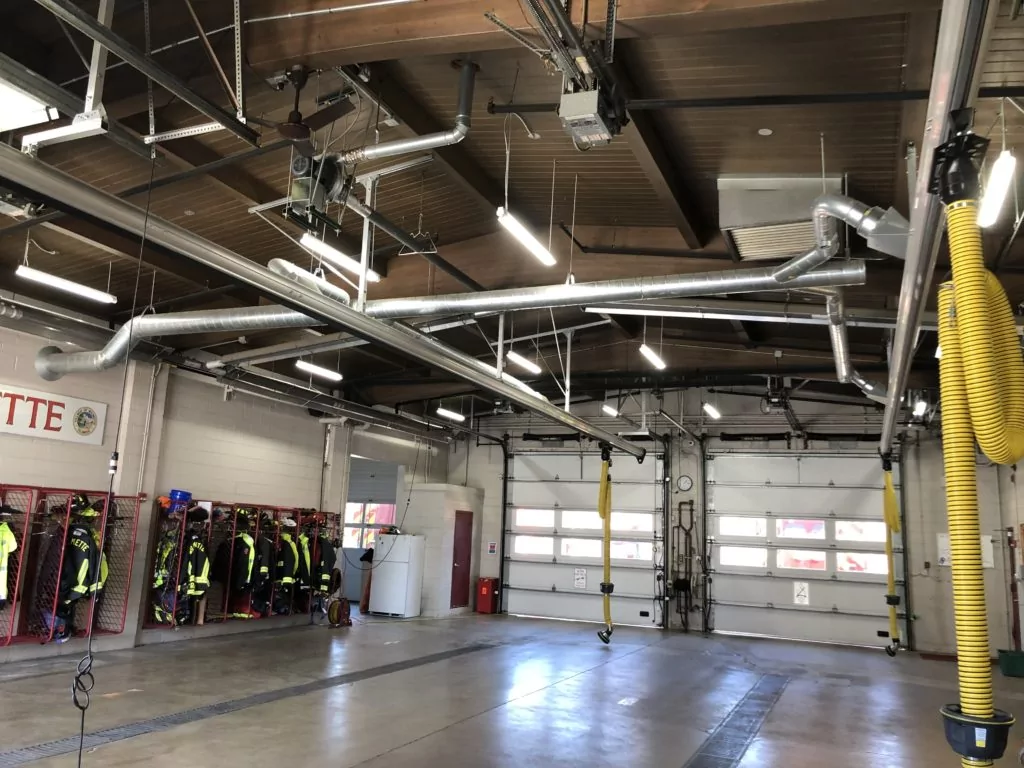
Mar 15 2021
Energy Savings Formula
In 2002, I became a firefighter in the north suburbs of Chicago. I was young and idealistic - loving almost every part of the job. However, I had another secret passion - sustainability. In addition…
Continue Reading >

May 02 2019
Verde Energy Efficiency Experts 10 Most Sustainable Companies in Chicago
In our energy efficiency consulting firm, we constantly look for inspiration from local companies that lead and innovate in clean energy and sustainability. Not all companies have billion dollar budgets, but that doesn’t mean that…
Continue Reading >
Related Articles
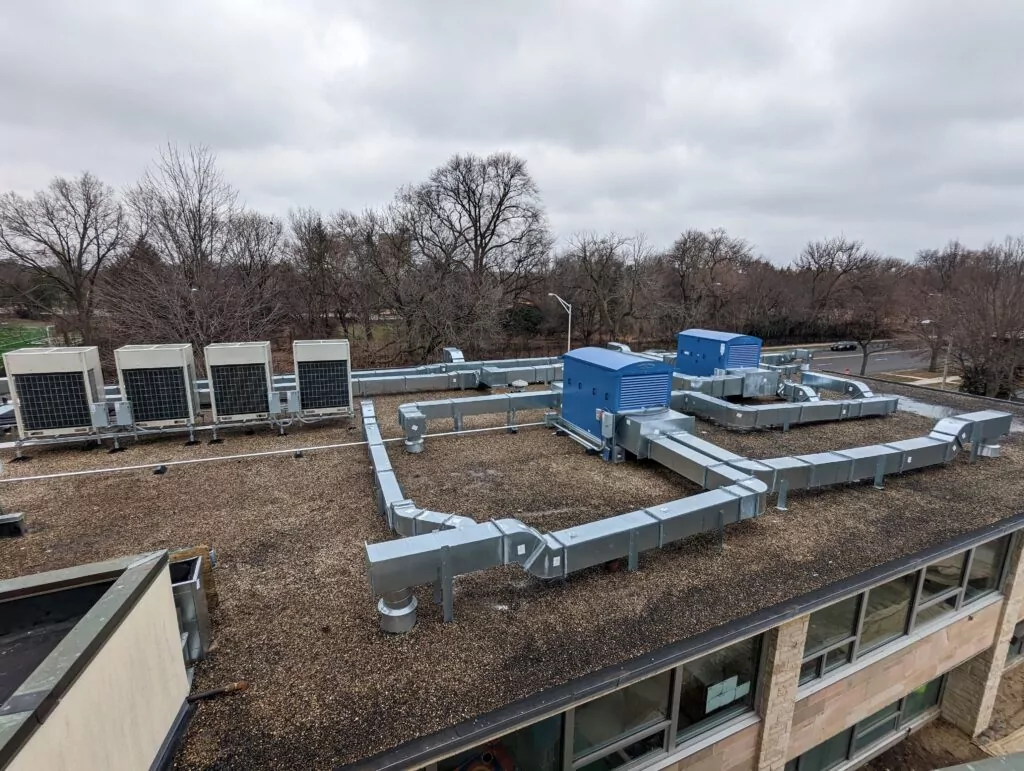
Mar 24 2023
Grant and Federal Funding for Decarbonization
What is Decarbonization? Decarbonization is a hot buzzword these days. But what does it really mean? In its most simplest terms, the reduction of carbon. When it comes to our built environment, it refers to…

